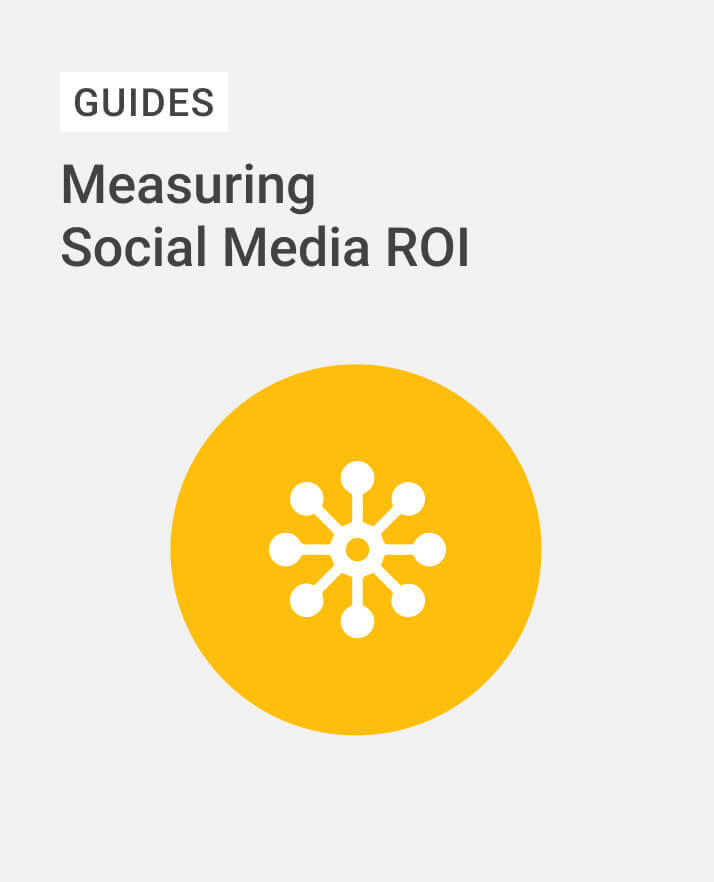Guide
How to Measure your Social Media ROI
The How to measure your Social Media ROI is for marketers, just like you, looking to demonstrate the value of social media marketing to your company.
It’s full of examples and inspiration so you can prove the worth of your social media efforts.
Fill out the form to get instant access.
